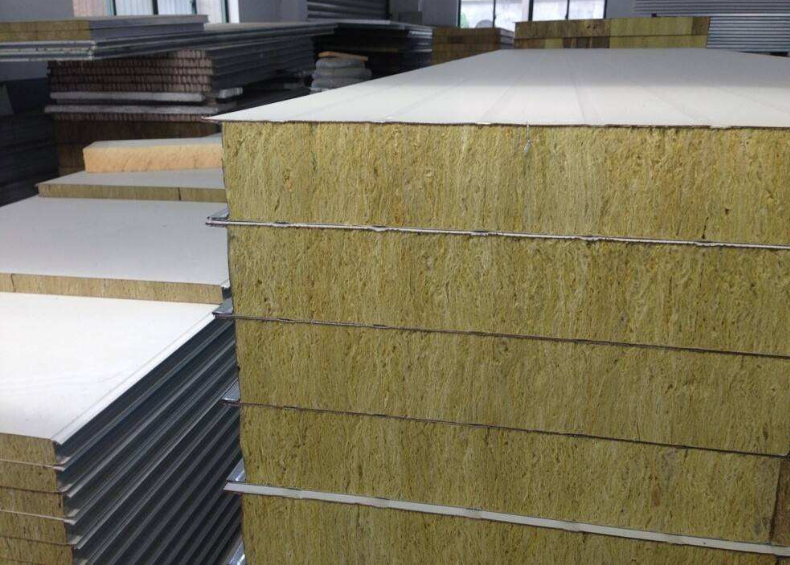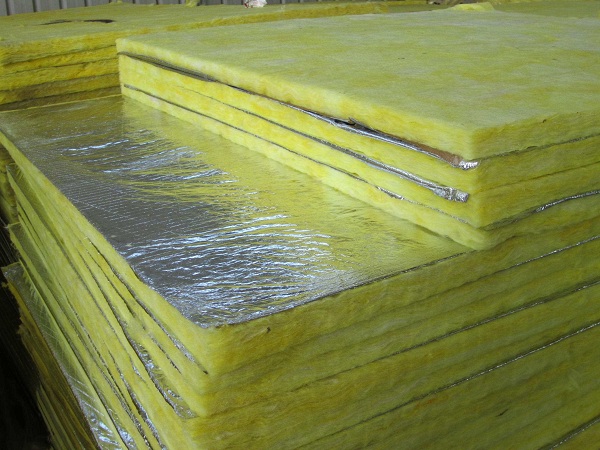

SEARCH
Thermal insulation cotton is a commonly used thermal insulation material in production and life, but once the thermal insulation cotton is abandoned, it is not easy to deal with, illegal landfill or illegal landfill with hazardous waste often occur, so what are the disposal methods of waste thermal insulation cotton?
1. Causes of waste thermal insulation cotton
All steel, metallurgy, petrochemical, thermal power and other enterprise equipment and pipes will be regularly replaced with thermal insulation materials, dismantling and stacking a large number of waste thermal insulation cotton every year. These thermal insulation cotton is mainly rock wool and high temperature resistant glass wool. Rock wool with natural rocks such as basalt, gabbro as the main raw material, high temperature melting into fiber processing. Glass wool insulation material is quartz sand, feldspar, sodium silicate as the main raw materials, after high temperature melting and then add thermosetting resin adhesive pressure high temperature finalize.
Glass wool is lower than rock wool bulk density, less slag ball content, low thermal conductivity, long service life, fiber toughness, but the highest temperature of rock wool is about 600℃, glass wool is only about 260℃. Therefore, glass wool for general buildings or low temperature pipe insulation, rock wool for high temperature heat pipe or power equipment insulation. Waste thermal insulation cotton usually belongs to class 1 general industrial solid waste.
The raw materials of waste rock wool and glass wool are mainly basalt, quartz sand and other rocks. The leaching toxicity detected by GB5086 is not likely to exceed the standard. Some chemical pipeline leakage, part of the residual in the middle of the insulation cotton, stacked in the open field after disassembly, will also produce leachate, pollution site. Therefore, according to the requirements of ISO14001 necessary procedures "Waste Management control Procedures", both rock wool and glass wool are hazardous waste insulation materials, and should be treated according to relevant laws and regulations.

Two. Treatment of waste thermal insulation cotton
1, the landfill
Waste thermal insulation cotton that is not contaminated with or mixed with hazardous waste is not classified as hazardous waste, but should be sent to the local general industrial solid waste landfill for burial. According to the provisions of article 23 of the Solid Waste Law, the transfer to another province for landfill can only be transferred after the approval of the provincial environment department and the provincial environment department. Without the approval, it is illegal transfer and can be given an administrative penalty of 10,000 to 100,000 yuan according to law. And ordered rectification within a time limit, shipped back to the place of origin, causing heavy losses. Domestic refuse landfills without eia approval (receiving industrial solid waste) cannot receive industrial solid waste; Or waste thermal insulation cotton that has not reached the standard can not be in the domestic garbage landfill. Illegal landfill is reported and investigated will be punished and ordered to rectification retrieved, will also cause major losses.
2, burning
The heat value of waste thermal insulation cotton is close to zero, so it is not suitable for incineration. However, a small amount of thermal insulation cotton is sent to industrial furnaces or cement kilns or domestic waste incineration power plants. The condition is that the enterprises receiving the disposal must also conduct environmental impact assessment and be approved by the competent authorities. The treatment projects of enterprises must meet the national pollution control standards of solid waste.
3, the use of
The waste thermal insulation cotton to be recycled is sorted and treated by a series of technological processes as raw materials or building materials for the production of new composite thermal insulation materials. However, the waste thermal insulation cotton utilization project must pass the environmental impact assessment and be approved by the competent department, and the new products must be tested and accepted by the relevant department. The disposal process must meet the relevant control standards for solid waste pollution.
